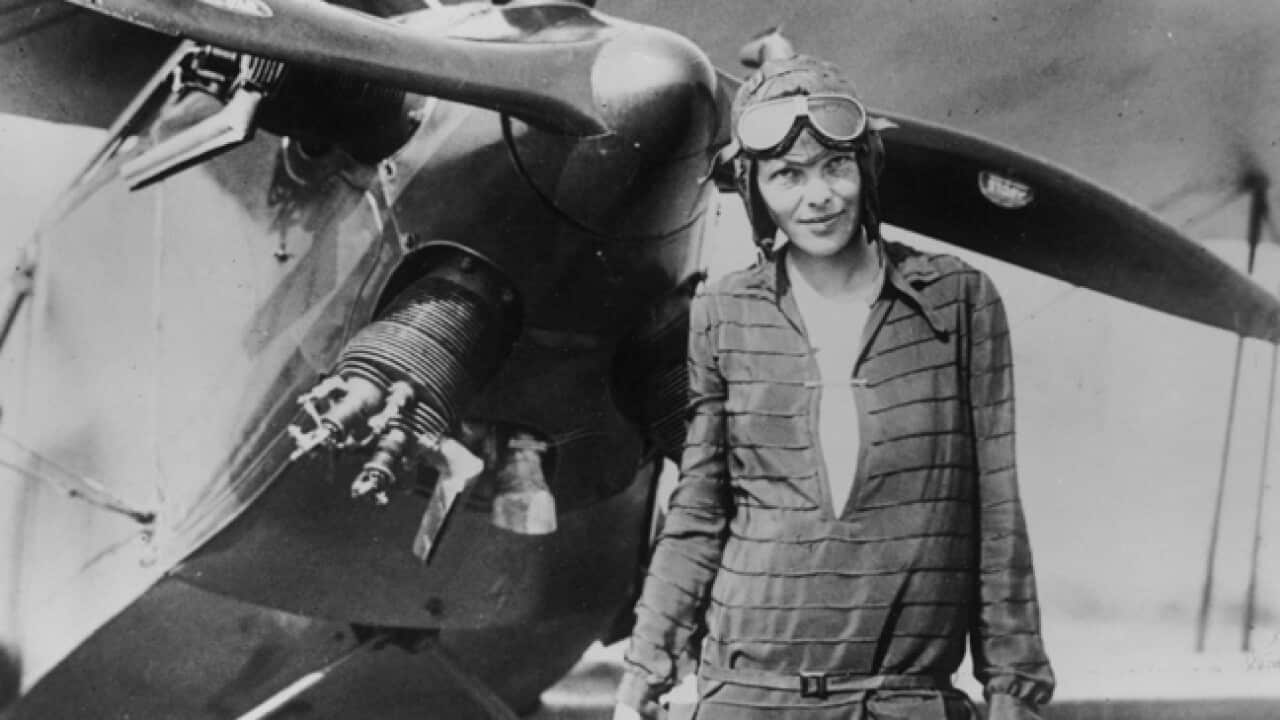Tests to determine if bone fragments found on a remote South Pacific island are the remains of
Amelia Earhart are inconclusive, researchers announced, dashing hopes they might help explain what happened to the famed aviator who disappeared in 1937 while trying to fly around the world.
Scientists at the University of Oklahoma attempted to detect human DNA from three bone fragments recovered in 2010 by The International Group for Historic Aircraft Recovery, a group of
aviation enthusiasts in Delaware that found the pieces of bone while on an expedition to Nikumaroro Island, about 2900 kilometres south of Hawaii.
The group has uncovered several artifacts, including some old makeup and glass bottles from the 1930s that suggest Earhart and navigator Fred Noonan may have died as castaways on the island,
said Ric Gillespie, director of the group.
"We knew this would be a tough job to get DNA from stuff that had laid around for 70 years," Gillespie said in a phone interview. "The woman's been missing for 74 years. We've been looking for her for 23 years. We have learned patience."
Researchers at OU said about half a gram of bone material remains that could be tested later.
"For posterity, we have decided to preserve this remaining bone," Cecil Lewis, the director of OU's Molecular Anthropology Laboratory, wrote in his report. "There is reason for optimism that someday in the near future, less destructive and more sensitive genomic methods will be able to resolve the bone's origin. For now, the question of whether the bone is human must remain unanswered."
Lewis, who planned a news conference on Thursday to elaborate on his findings, said tests are ongoing on clumps of material resembling soil or faeces that also were recovered at the site.
In 1940, just three years after Earhart disappeared, a British overseer on the island recovered a partial human skeleton and several artifacts at what appeared to be a former campsite,
Gillespie said.
The bones later vanished, but Gillespie said the findings support their theory that Earhart was able to land on a reef surrounding the remote island and send distress signals that were picked up by distant ships."There's a tremendous story of a castaway here who was catching various things," Gillespie said. "We just don't know for sure who the castaway was."
Earhart was declared dead in 1939.
Share

